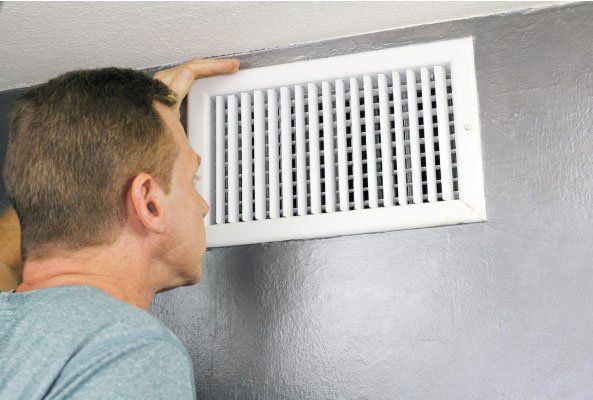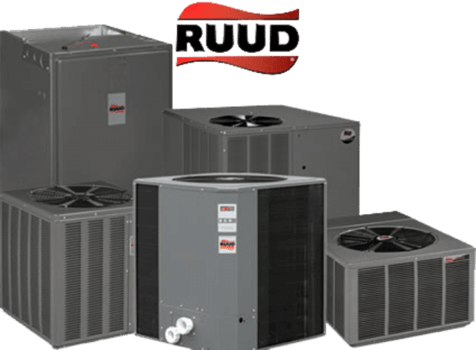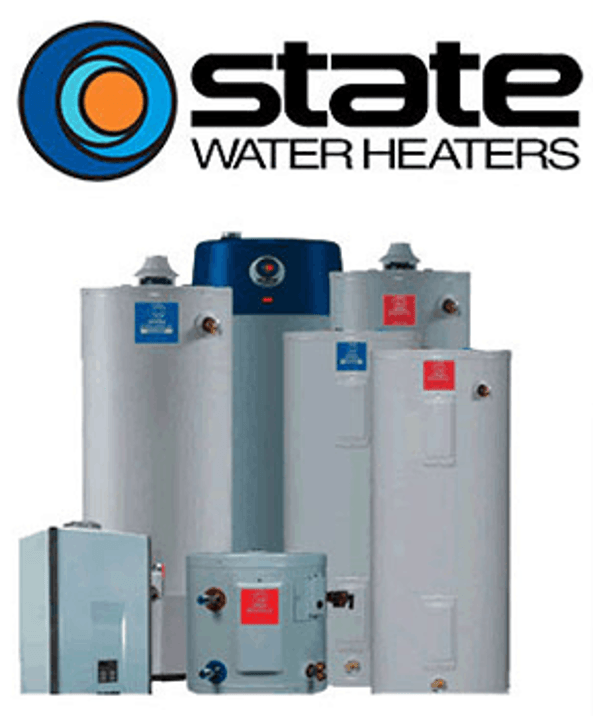Do You Know These HVAC Terms?

When you speak with a heating, ventilation and air conditioning technician about your home's HVAC system, they might use some words and phrases that you're unfamiliar with. Here are some terms you might hear and what each one means.
Annual Fuel Utilization Efficiency
An annual fuel utilization efficiency ratio, which is commonly abbreviated AFUE, offers a measurement of how efficient a furnace is. The ratio is expressed as a percentage, and it measures what percent of the energy that enters a furnace actually gets turned into heat.
For example, a furnace that has an AFUE of 85 percent turns 85 percent of the energy it consumes into heat for your house. The other 15 percent is lost due to inefficiencies in the furnace.
For new modern furnaces, the minimum standard AFUE is 78 percent and many models have ratios that are much higher. High-efficiency furnaces offer AFUE ratios that range from 90 to 97 percent.
When you consider the efficiency of your home's current furnace, keep in mind that most types of furnaces become less efficient over time. Everything from minor dust issues to serious malfunctions can reduce efficiency as a furnace is used. Whatever issues are impacting your system, the system probably isn't as efficient as the day you bought it.
Because furnaces become less efficient with time, you may want to replace your older unit with a system that has a higher AFUE ratio. An HVAC technician can help you assess the condition and relative efficiency of your current furnace, and help you calculate how much less energy a new model with a better AFUE would use.
Seasonal Energy Efficiency Ratio
Instead of an AFUE, air conditioners have a seasonal energy efficiency ratio, which is commonly abbreviated SEER. The SEER of an air conditioner shows you how efficient the unit is, much like an AFUE does for a furnace, but SEER is calculated in a different way. To figure out the SEER of a particular air conditioner, follow these steps:
- Divide the system’s output of British Thermal Units (BTUs) per hour by the watts used per hour.
- Multiply the BTUs per hour by 1,000 hours, which is approximately four months of cooling.
- Multiple the watt-hours used by 1,000 hours as well.
- Divide the number from Step 2 by the number from Step 3 to get the SEER rating.
You can find an air conditioner's BTUs per hour and watts used per hour in the model's owner's manual.
Since SEER ratings are calculated differently from AFUE ratios, the scale used to rank air conditioners is also different. In general, a SEER rating of 13 or 14 is good for most regions and climates. If you want an especially efficient unit, however, SEER numbers go up to 25. The higher the number, the more efficient an air conditioner is.
Variable Air Volume Ventilation
HVAC systems are designed as either constant air volume (CAV) systems or variable air volume (VAV) systems.
CAV systems work by providing a constant stream of air that's heated to a variable temperature when they run. These systems have only one fan setting that sends air through the ductwork at a consistent speed, but they can vary how hot the air inside the furnace gets.
In contrast, VAV systems vary the speed of airflow rather than its temperature. These systems heat the air in a furnace to a constant temperature, but they have fans that run faster or slower as necessary to provide the right amount of heat to a space.
VAV systems tend to offer excellent energy efficiency in larger spaces. They're common in commercial buildings, and you may want one if you have a big home.
If you need a furnace or air conditioner for your home, contact Henry's Service All.











